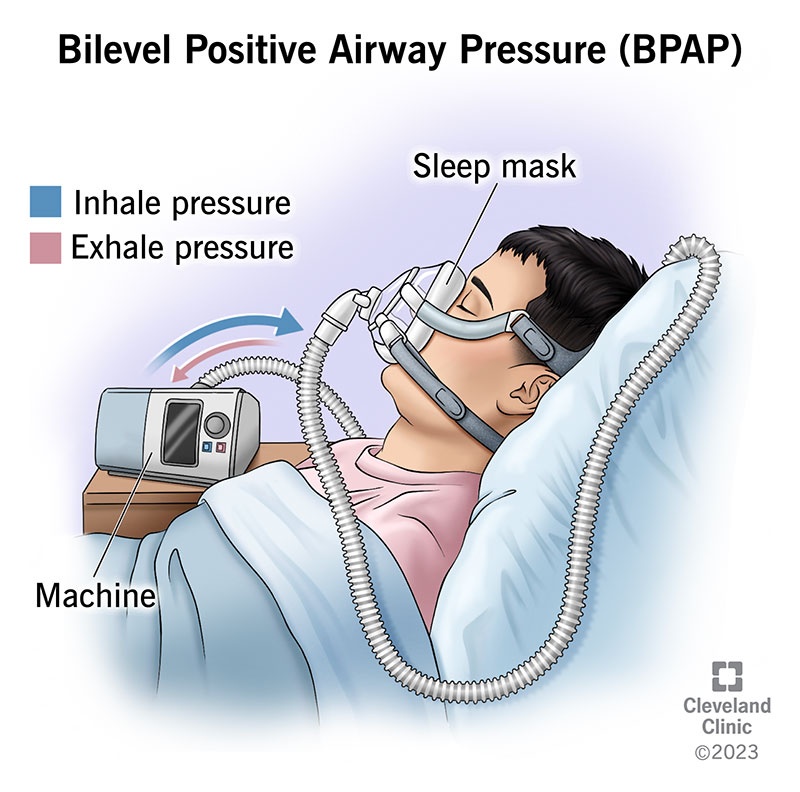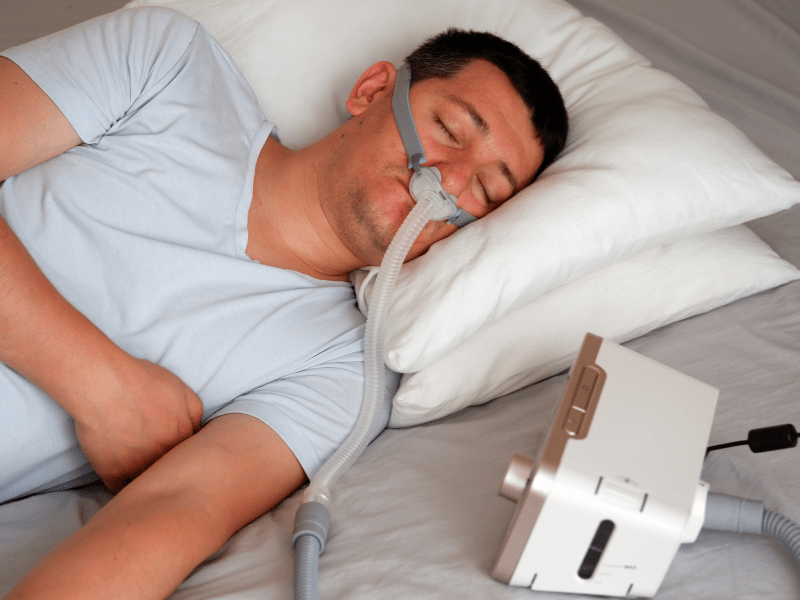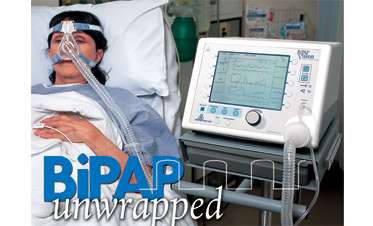Bipap vs. CPAP: Which Is the very best for Your Sleep Condition?
When navigating the complexities of sleep disorders, the selection between BiPAP and CPAP therapy is an essential consideration. While CPAP supplies a consistent airflow ideal for obstructive sleep apnea, BiPAP's twin pressure setups may boost comfort for those with even more elaborate respiratory concerns.
Recognizing Sleep Disorders
Rest disorders include a variety of conditions that interfere with typical sleep patterns, influencing both the top quality and period of remainder. These conditions can manifest in different types, including sleep problems, rest apnea, narcolepsy, agitated leg syndrome, and parasomnias. Each condition presents distinct obstacles, typically resulting in substantial daytime fatigue, cognitive impairment, and psychological disturbances.
Insomnia is identified by trouble falling or remaining asleep, while rest apnea involves repeated disruptions in breathing throughout rest, typically bring about fragmented remainder. Narcolepsy, on the other hand, is marked by extreme daytime drowsiness and abrupt rest strikes. Restless leg syndrome causes unpleasant feelings in the legs, triggering an irrepressible urge to move them, which can also impede the capability to drop asleep.
The effect of rest problems expands beyond individual health and wellness, affecting total performance, relationships, and quality of life. Understanding the particular nature of each condition is crucial for effective diagnosis and therapy. As sleep health and wellness ends up being significantly acknowledged as a vital element of general well-being, addressing these disorders is vital for improving both sleep quality and daily performance.
Just How CPAP Works
Continuous Positive Respiratory Tract Stress (CPAP) therapy is frequently used as a key treatment for obstructive sleep apnea (OSA) The device of CPAP entails using a maker that provides a stable stream of air through a mask worn throughout rest. This air flow maintains favorable stress in the air passage, stopping the collapse or obstruction of the throat that can occur during rest.
When an individual inhales, the CPAP device offers a continuous flow of air, ensuring that the respiratory tract stays open - BiPAP Rental. This not only eases the symptoms of OSA, such as snoring and disrupted rest patterns, however also reduces the affiliated health and wellness dangers, including cardiovascular problems and daytime tiredness
The pressure setups on a CPAP maker can be personalized to meet specific patient demands, typically identified through a rest research study. Patients normally undergo titration researches to find the ideal pressure level for their one-of-a-kind problem. Regular follow-up and changes may be needed to ensure efficiency and convenience. Overall, CPAP therapy has been revealed to considerably enhance the top quality of sleep and general wellness for people suffering from obstructive sleep apnea.
Just How BiPAP Functions
BiPAP, or Bilevel Favorable Respiratory Tract Stress, is a customized kind of non-invasive air flow that is specifically advantageous for clients with conditions such as complex sleep apnea or respiratory conditions. Unlike CPAP, which provides a constant stream of air at a solitary pressure, BiPAP offers two unique pressure settings: a higher inspiratory pressure for inhalation and a lower expiratory pressure for exhalation. This dual-pressure method allows for simpler breathing, decreasing the effort needed during exhalation.
The gadget runs through a mask fitted over the nose or mouth, linked to a device that creates air stress. When the patient breathes in, the equipment provides the higher pressure to aid with air flow, making sure that the air passage remains open. Upon exhalation, the equipment immediately decreases the pressure, making it extra comfy for the client to breathe out.

Trick Differences Between BiPAP and CPAP

In contrast, BiPAP (Bilevel Positive Air passage Stress) provides two various stress settings: one for inhalation and a reduced one for exhalation. This twin pressure system enables for even more comfy breathing, particularly for clients that battle with exhaling against a constant stress. BiPAP is frequently suggested for people with complex sleep apnea, chronic obstructive lung condition (COPD), or those that require additional support throughout rest.
Moreover, the complexity of BiPAP gadgets typically leads to a greater price and needs much more cautious titration than CPAP. BiPAP Rental. Recognizing these key differences can assist in recognizing which gadget may be more suitable for particular sleep disorders, setting the groundwork for informed treatment decisions
Selecting the Right Therapy
Exactly how can one establish the most suitable treatment for taking care of rest problems? The choice between BiPAP and CPAP therapy primarily depends upon the details characteristics of the rest problem, the individual's general health, and their comfort with the tool. CPAP, which supplies a constant stream of air, is frequently recommended for obstructive sleep apnea (OSA) It keeps an open air passage during sleep, effectively preventing apneas and hypopneas.
Conversely, BiPAP supplies two degrees of pressure: one for breathing and a lower one for exhalation. This twin pressure system is advantageous for patients with complicated sleep apnea or those who experience difficulty breathing out against a constant pressure. In addition, BiPAP is typically advised for individuals with respiratory system conditions, such as persistent obstructive pulmonary illness (COPD), where differing pressure setups can enhance convenience and compliance.
Eventually, an extensive evaluation by a sleep professional, including a sleep navigate to this site research, can aid identify which therapy straightens best with the person's needs. Aspects such as convenience, ease of use, and details medical conditions must also be considered to optimize treatment results.
Final Thought
In recap, both BiPAP and CPAP offer distinctive purposes in the management of sleep disorders. CPAP is efficient for obstructive sleep apnea with constant air movement, while BiPAP supplies twin stress setups that boost convenience for those with intricate rest apnea or respiratory issues. The choice between these therapies should be directed by individual needs and conditions, requiring a detailed analysis by a sleep professional to ensure optimal treatment end results and boosted top quality of rest.

On the whole, CPAP treatment has been shown to substantially boost the top quality of rest and overall health and wellness for people enduring from obstructive rest apnea.
BiPAP is frequently suggested for individuals with intricate rest apnea, persistent obstructive pulmonary disease (COPD), or those who need extra assistance throughout rest.
CPAP is reliable for obstructive rest apnea through consistent air flow, while BiPAP provides double stress setups that boost comfort for those with complex sleep apnea or breathing problems.